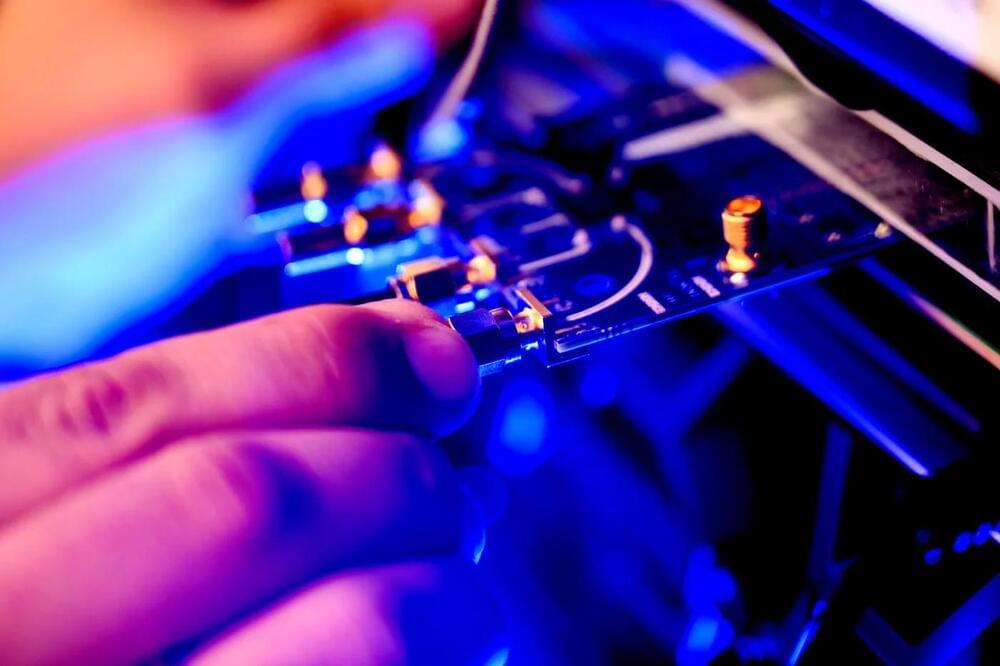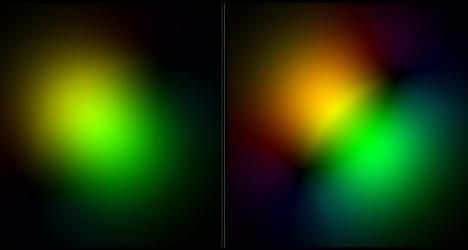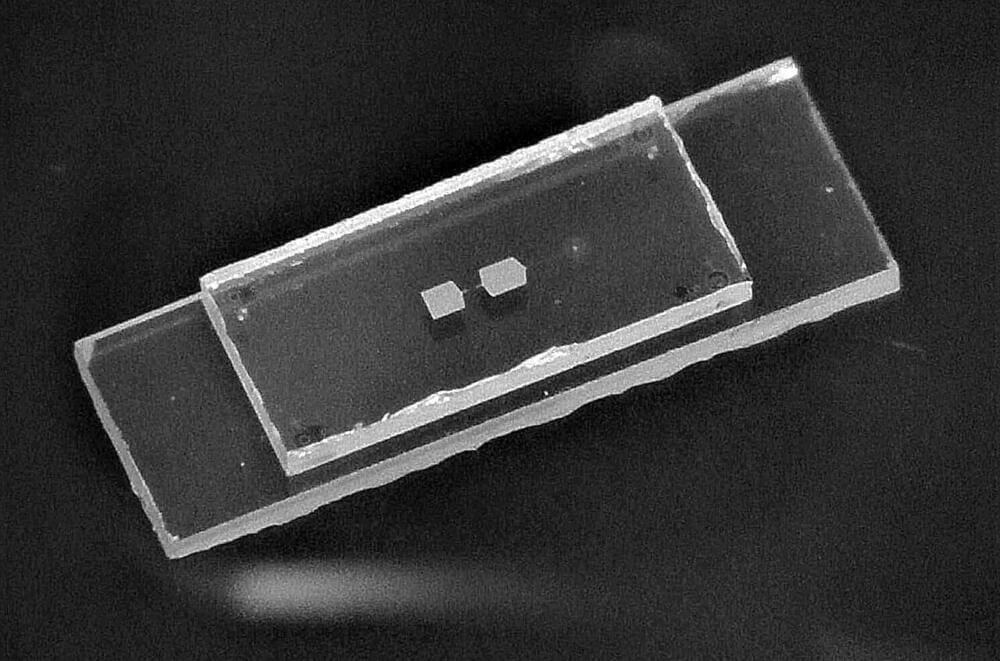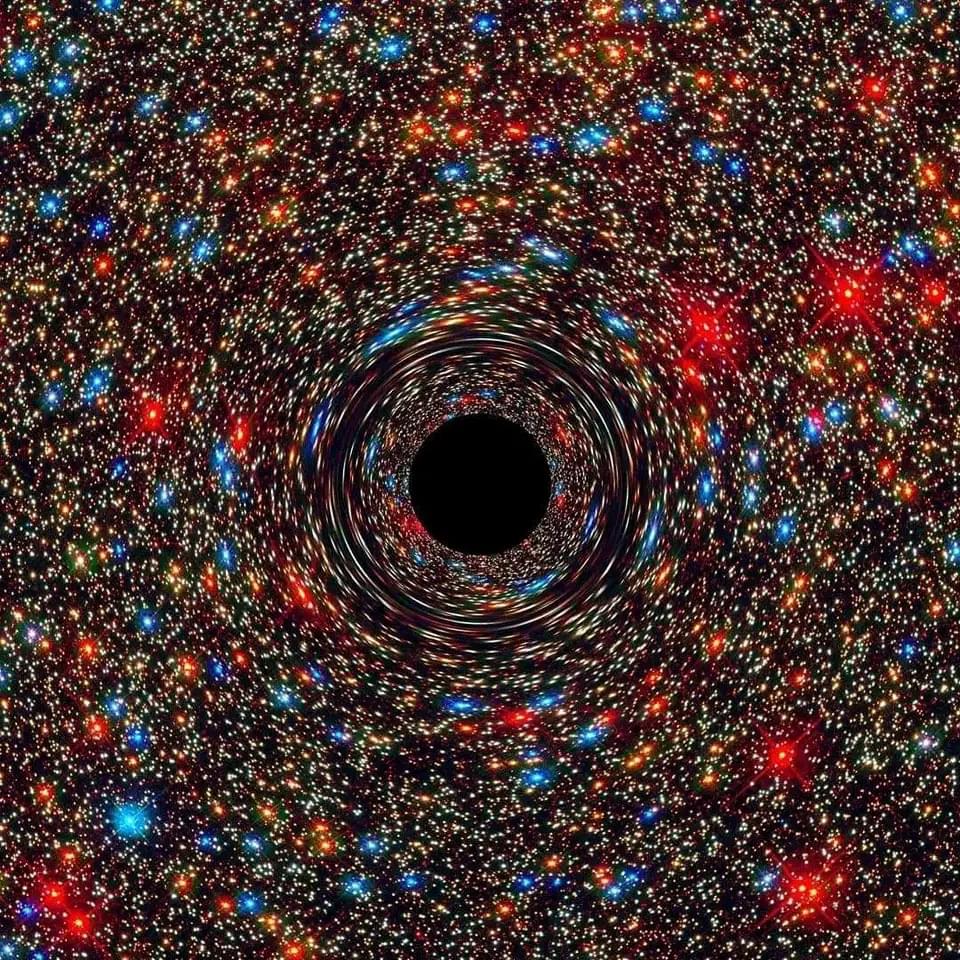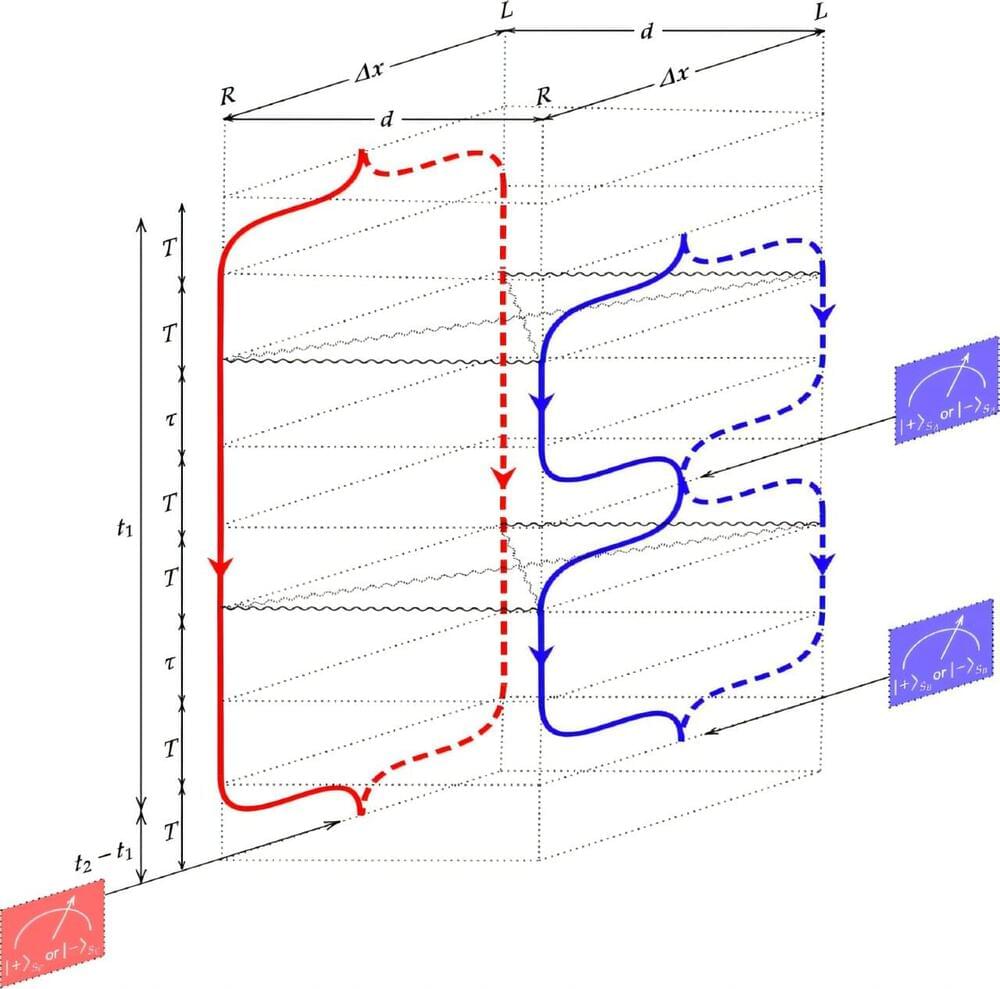A new quantum entanglement approach by Max-Planck-Institute scientists uses Brillouin scattering to link photons with acoustic phonons, enhancing stability and operating at higher temperatures.
Quantum entanglement is essential for many cutting-edge quantum technologies, including secure quantum communication and quantum computing. Researchers at the Max Planck Institute for the Science of Light (MPL) have developed an efficient new method to entangle photons with acoustic phonons. Their approach overcomes one of the most significant challenges in quantum technology—vulnerability to external noise. This groundbreaking research, published on November 13 in Physical Review Letters, opens new possibilities for robust quantum systems.
Exploring Optoacoustic Entanglement

